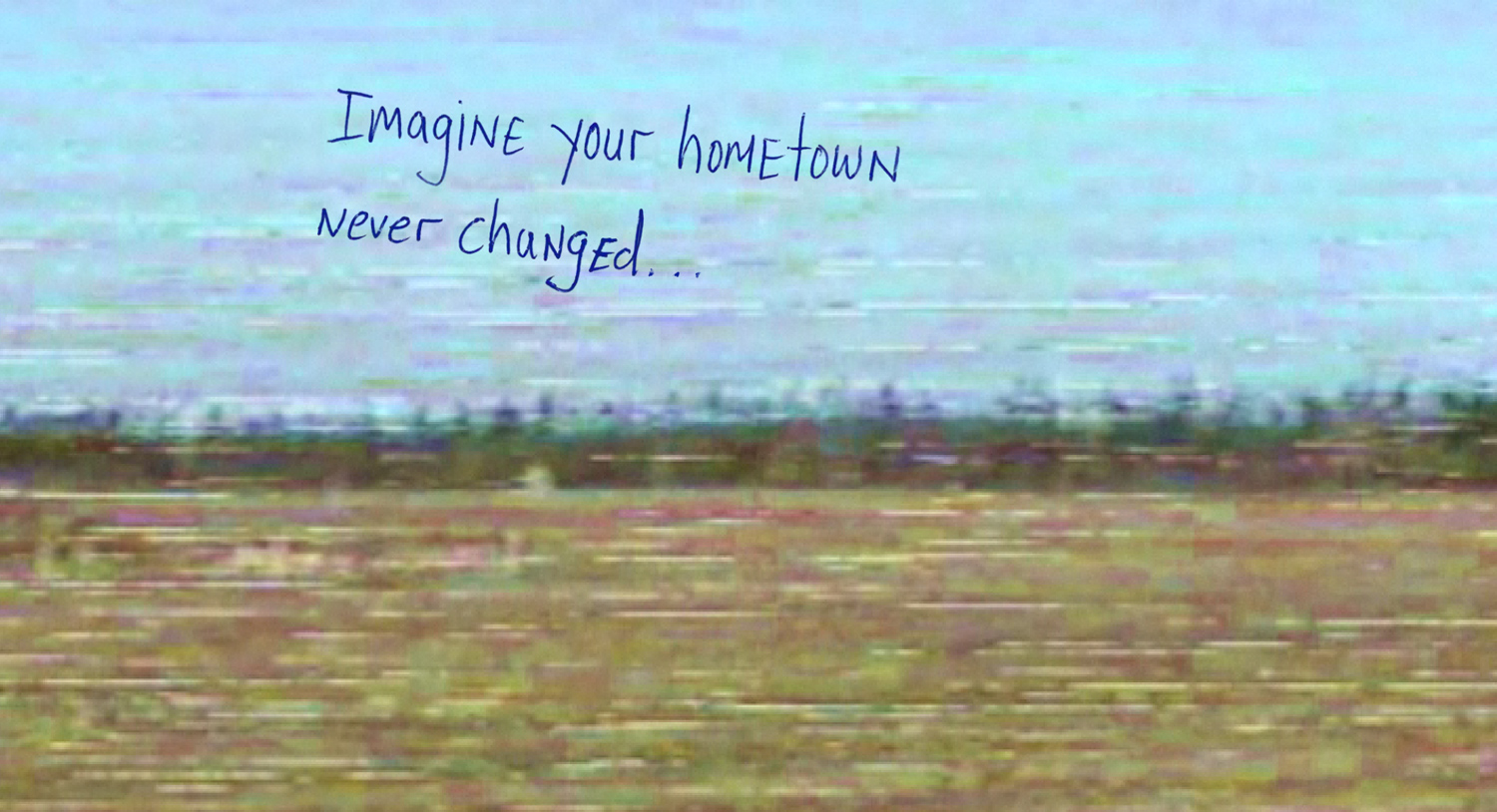
In a world increasingly dominated by web content and limited space in print, photo-based multimedia projects have been heralded as both the future of storytelling and savior of photography. In May, these prospects were discussed at the first-ever PhotoStories conference in Rotterdam, the only conference specifically geared towards photographers working in multimedia.
Presentations at PhotoStories highlighted incredible multimedia projects being produced for the web by production companies like the Bombay Flying Club, Magnum in Motion, StoryPlanet.com, and The New York Times. Utilizing audio, still imagery and video, these projects were dynamic and captivating, but the most original and truly exciting work at the conference went deeper—allowing users a level of interactivity on a completely refreshed platform. The National Film Board of Canada’s multimedia projects achieve this rare level of interactivity, offering inspiration to photographers and filmmakers alike and providing layered insight into the subjects these projects explore.
Jeremy Mendes, a keynote speaker at the conference, produces online projects for the Film Board of Canada. The NFB, a government-funded organization founded more than 70 years ago, highlights the work of Canada’s finest artists (Stan Douglas, Sarah Polley and Guy Maddin, to name a few), on themes and issues about the country and its identity—themes he hopes to help ultimately transcend cultural borders. Originally hired because of his experience in interactive and motion design, storytelling, brand development and advertising, Mendes is intimately aware of the complex nuances of interactive storytelling on the web.
The NFB’s interactive projects are overseen by Executive Producer and Creative Technologist Loc Dao, based in Vancouver, BC. Dao leads a Vancouver team of interactive producers and creators like Mendes, and works with some of the best designers and programmers in Canada to create the NFB’s award winning projects.
The Film Board’s various projects are incredibly complex and layered, but at their core, incredibly strong storytelling holds the pieces together. The challenge comes with designing content for the web.
Each new project begins with a pairing of artists: visual, interactive, musical, whatever’s needed. At the story’s inception, Mendes asks, “What’s the story? The medium? And how do we honor the art form of the commissioned artist to show their voice?”
“The interesting thing about working with fine artists,” Mendes says, is that “they question the form more than most people. How does this work function in this [online] form?”
These artistic pairings sometimes happen over the course of a long production cycle. One such collaboration, Please Call Very Sentimental by Alicia Smith, is a work about lost photos, the passing of time, changing technologies and what happens when we store images on non-permanent devices like cell phones. The project features a vintage photo collection found by the artist, combining beautiful lost photos with postings from Craigslist by people looking for their own lost phones. The artist noticed that most of the posts weren’t so much about the phone but the valuable photos on the devices—photos the owners desperately wanted back.
Visitors to the Please Call Very Sentimental site are presented with a collection of pictures they can thumb through at their own pace. A sound track of old answering machine recordings conjures a nostalgia and guilt for the messages the audience themselves failed to return over the course of our lives.
This style of nonlinear storytelling, controllable by the viewer and filled with emotional human stories, is the hallmark of the NFB’s work.
Another epic journey begins with Welcome to Pine Point, a project awarded two Webby Awards in 2011. The site is an archive of a Canadian town that no longer exists due to an economic downturn.
The project was a collaboration with Paul Shoebridge and Michael Simons, formerly of Adbusters, with Besnard Lakes producing the soundtrack. Welcome to Pine Point began when Shoebridge and Simons discovered a web site built by a local to keep track of students who graduated from the high school nearby. That local, Richard Cloutier, was formally known as the town bully.
After exploring the site, you later discover that he developed MS and now lives and speaks with the aid of voice-operated equipment. Welcome to Pine Point’s artist-producers kept digging, uncovering countless stories in interviews, archival VHS footage and personal photographs. The further they dug, the more layered the site became. The sum, like other NFB projects, is an emotional wallop about the lives of strangers forever affected by a devastating economic loss.
The overarching goal of Mendes and Film Board is to help viewers connect to the stories archived on the site, ensuring that the small and often-beautiful moments of life aren’t forgotten. More than 2 million visitors have visited the site since 2009—a testament to the reach and power of this medium of storytelling and its ability to connect and an art form in the most human way.
Here are Jeremy Mendes’s top-7 must see projects by the NFB:
2) Waterlife by Primitive Entertainment and the NFB
3) Welcome to Pine Point by the Goggles
4) Main Street by Danny Singer
5) The Test Tube with David Suzuki
6) Bla Bla by Vincent Morriset
7) Please Call Very Sentimental
Mendes’s next project is called Bear 71 and will launch in the fall. On Monday, the NFB launched a new photo-based project, God’s Lake Narrows.
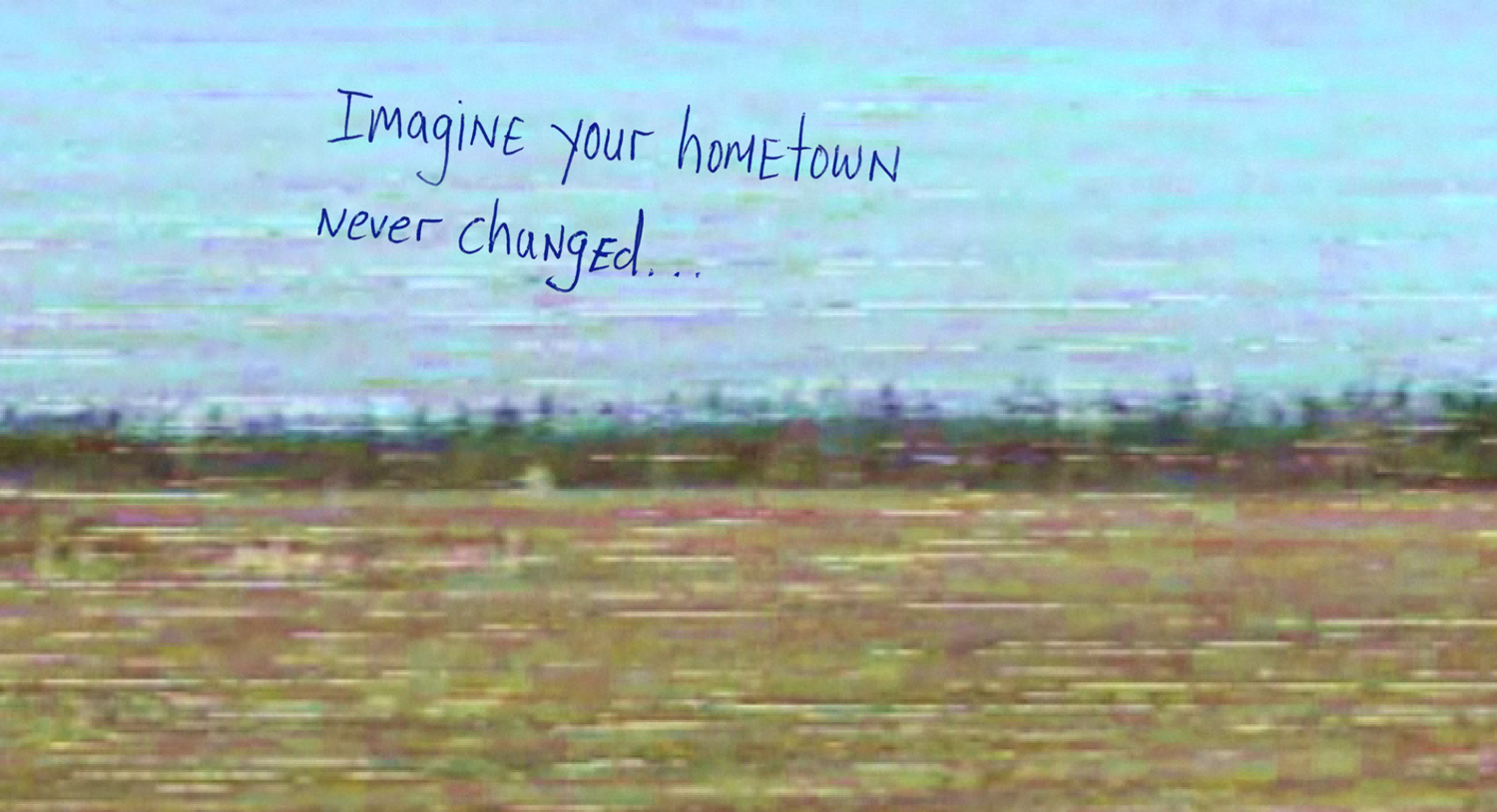
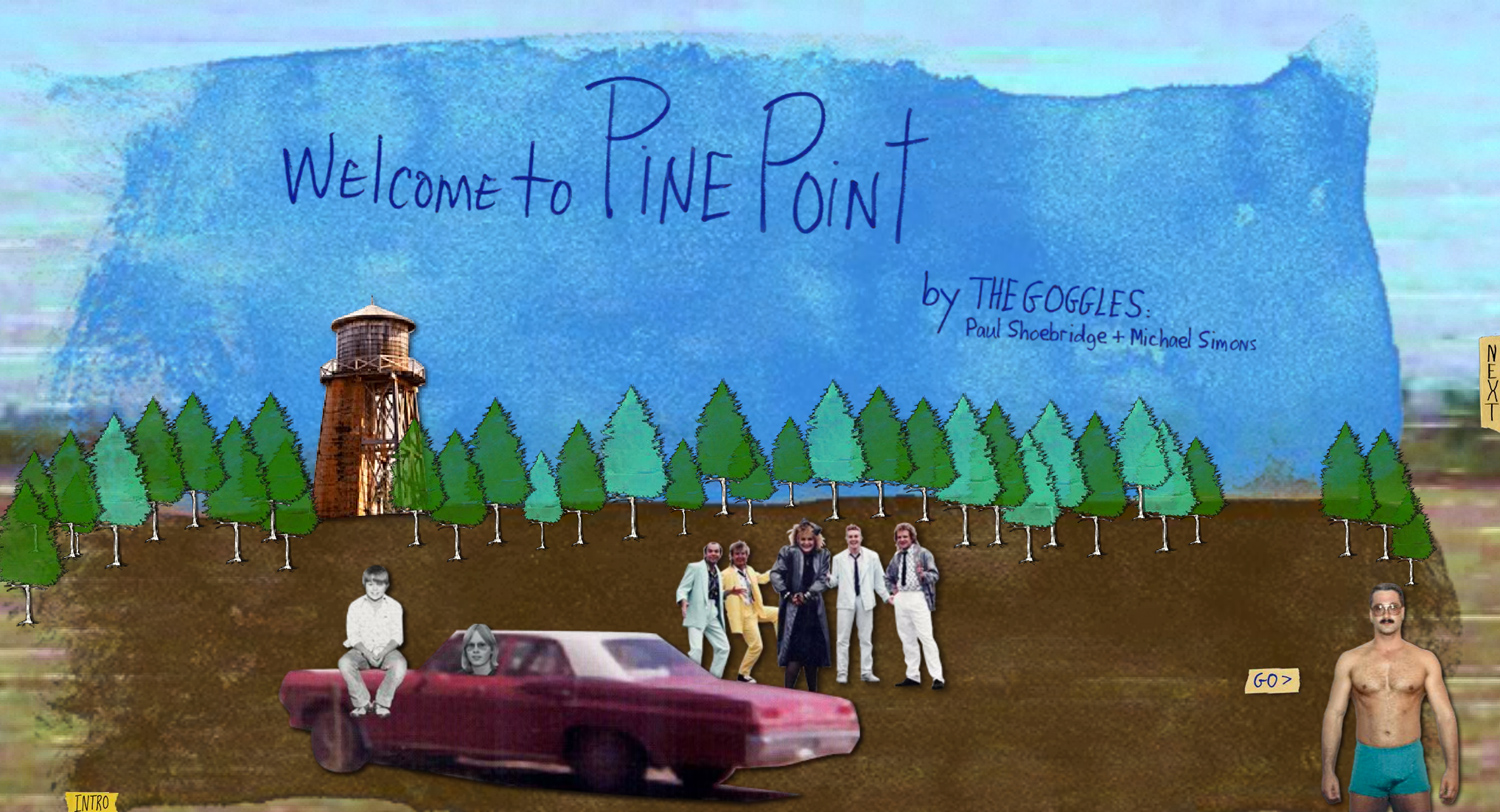

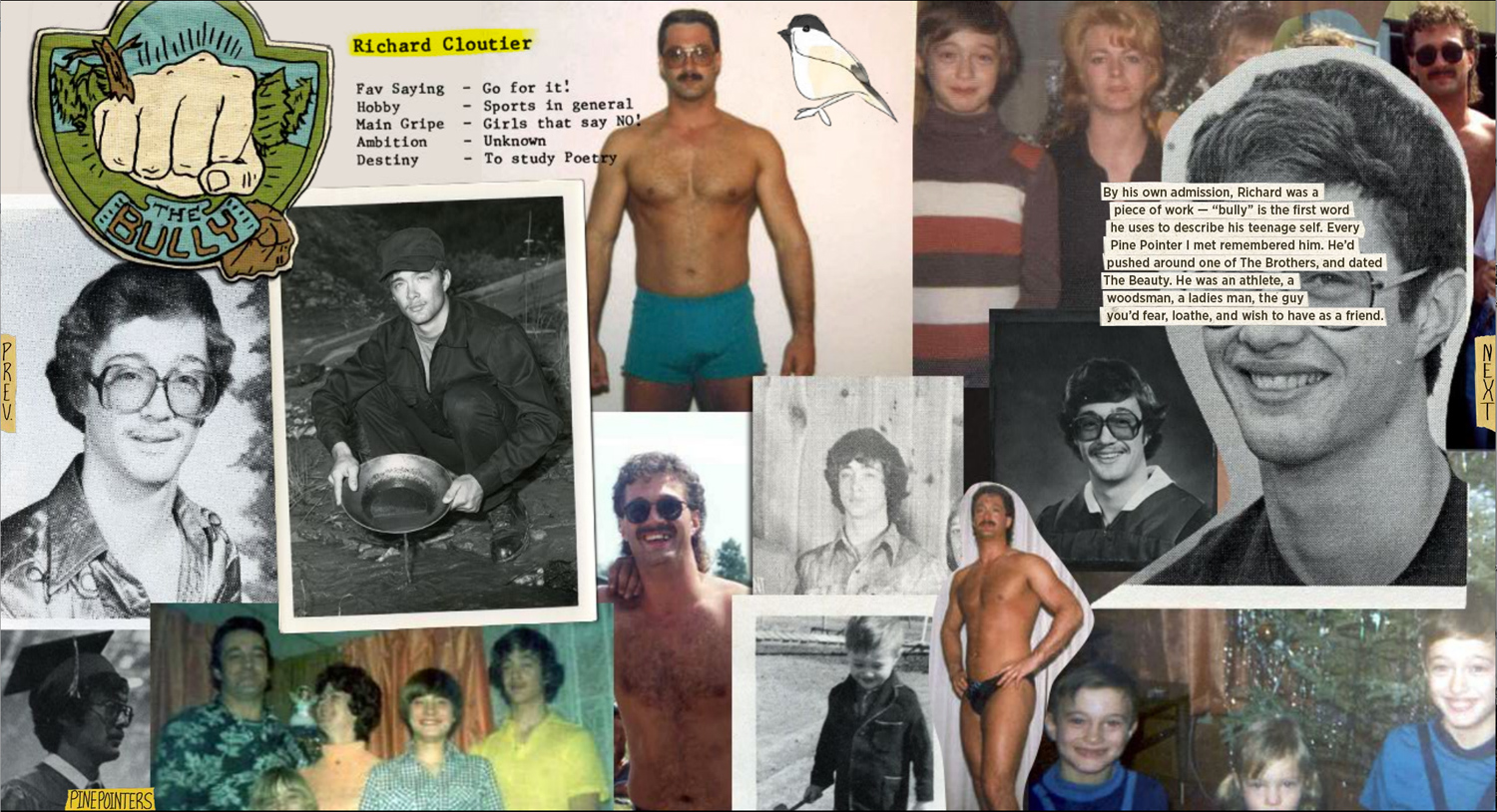
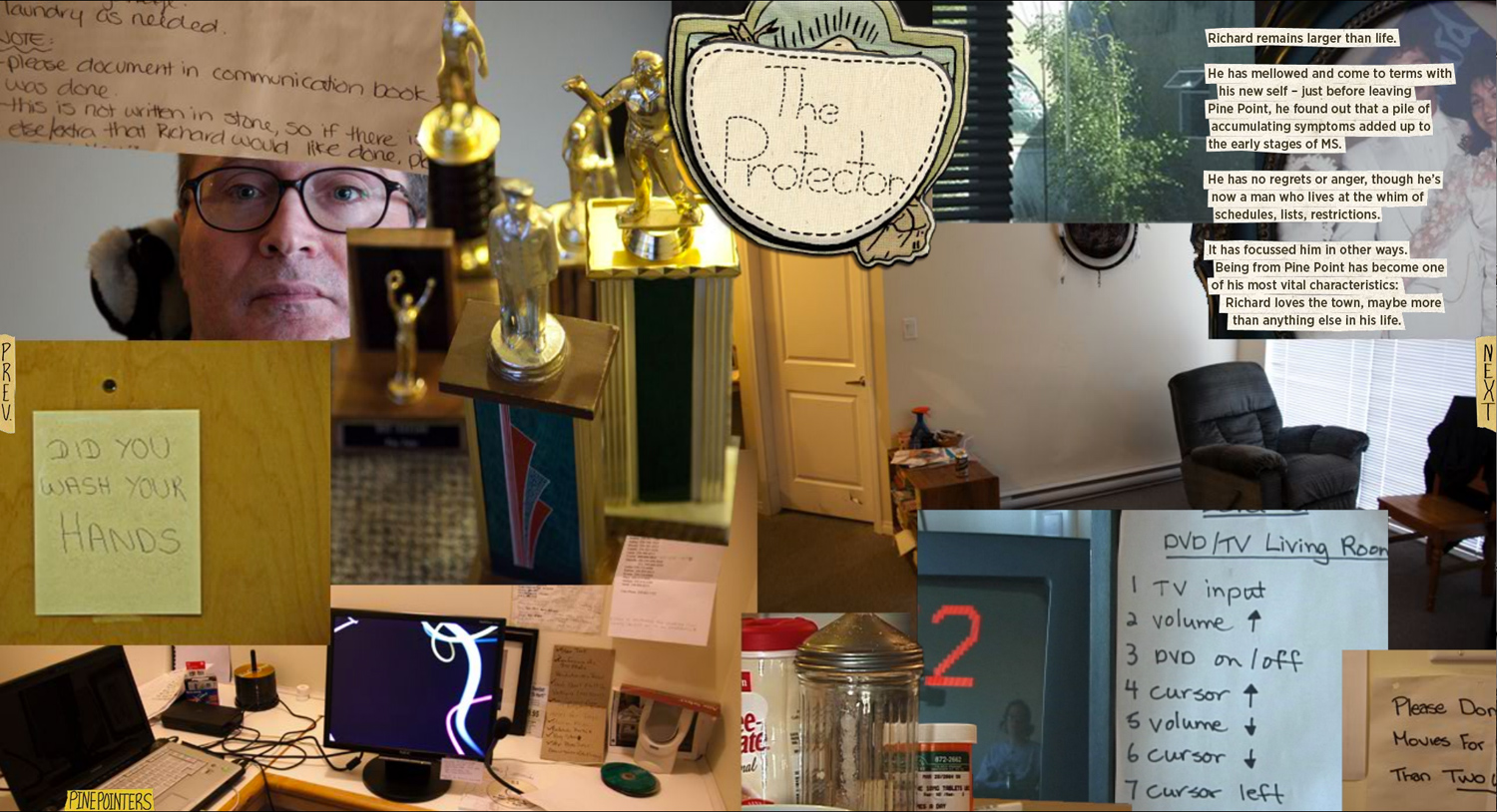
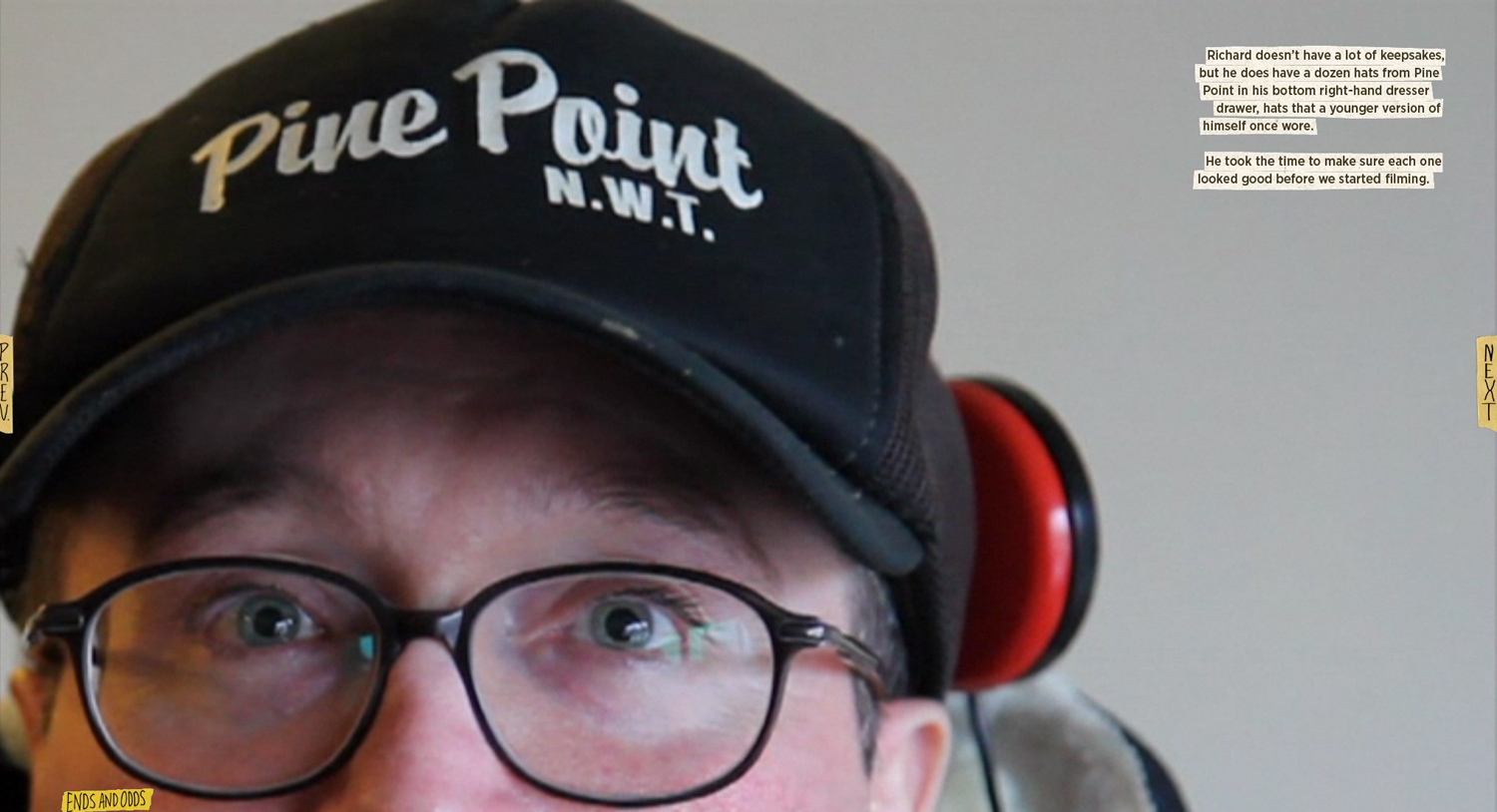
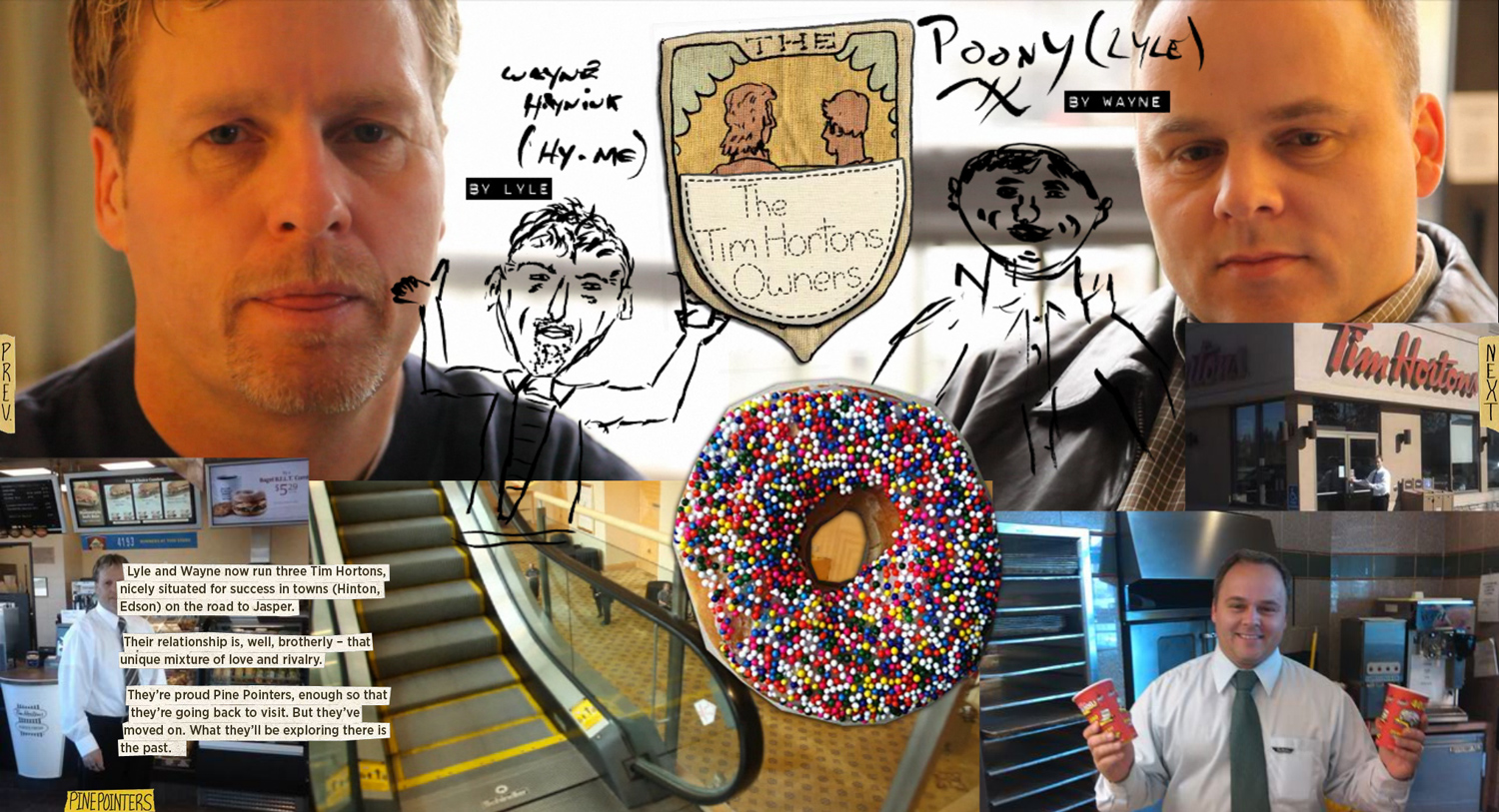
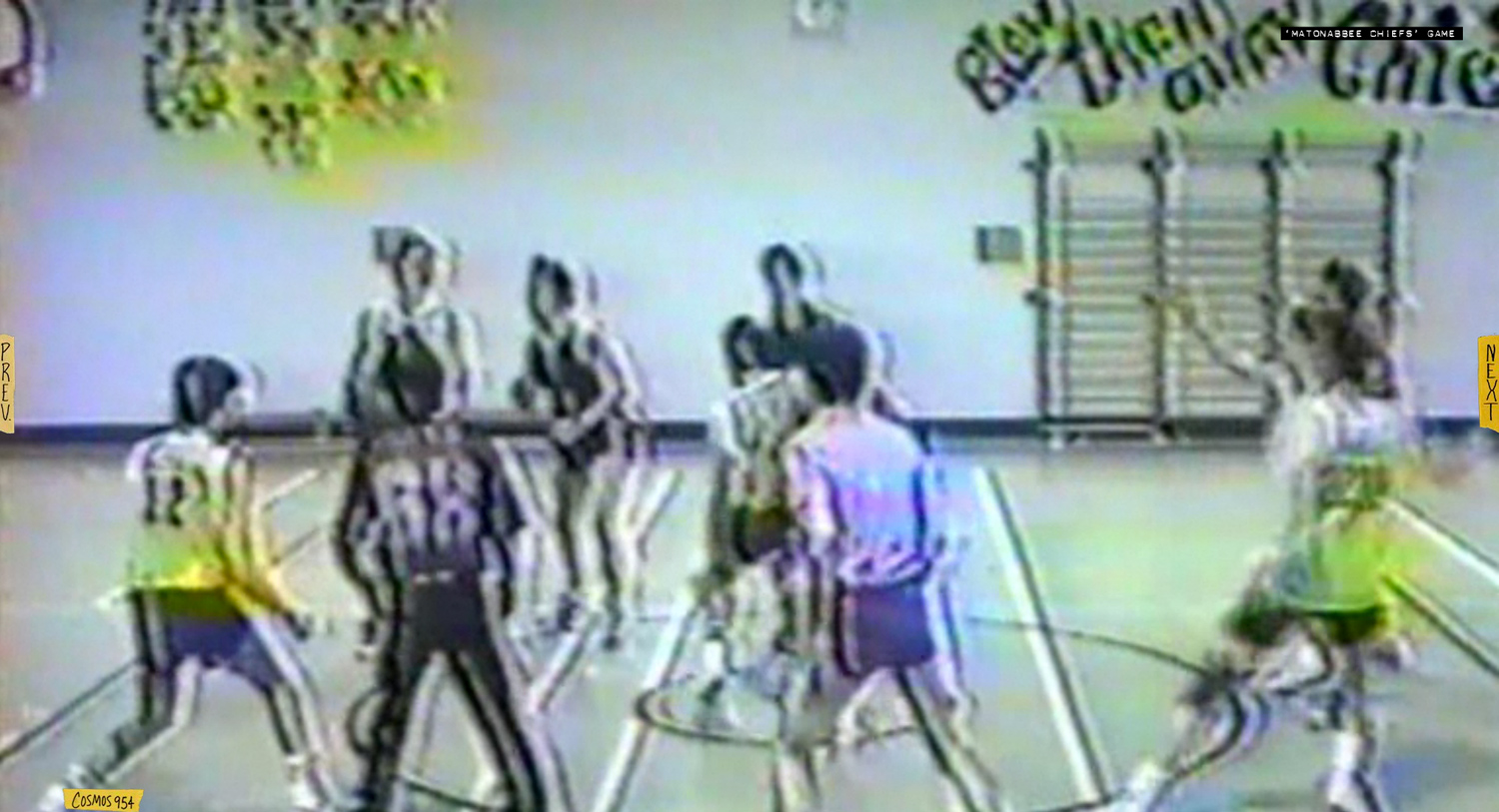
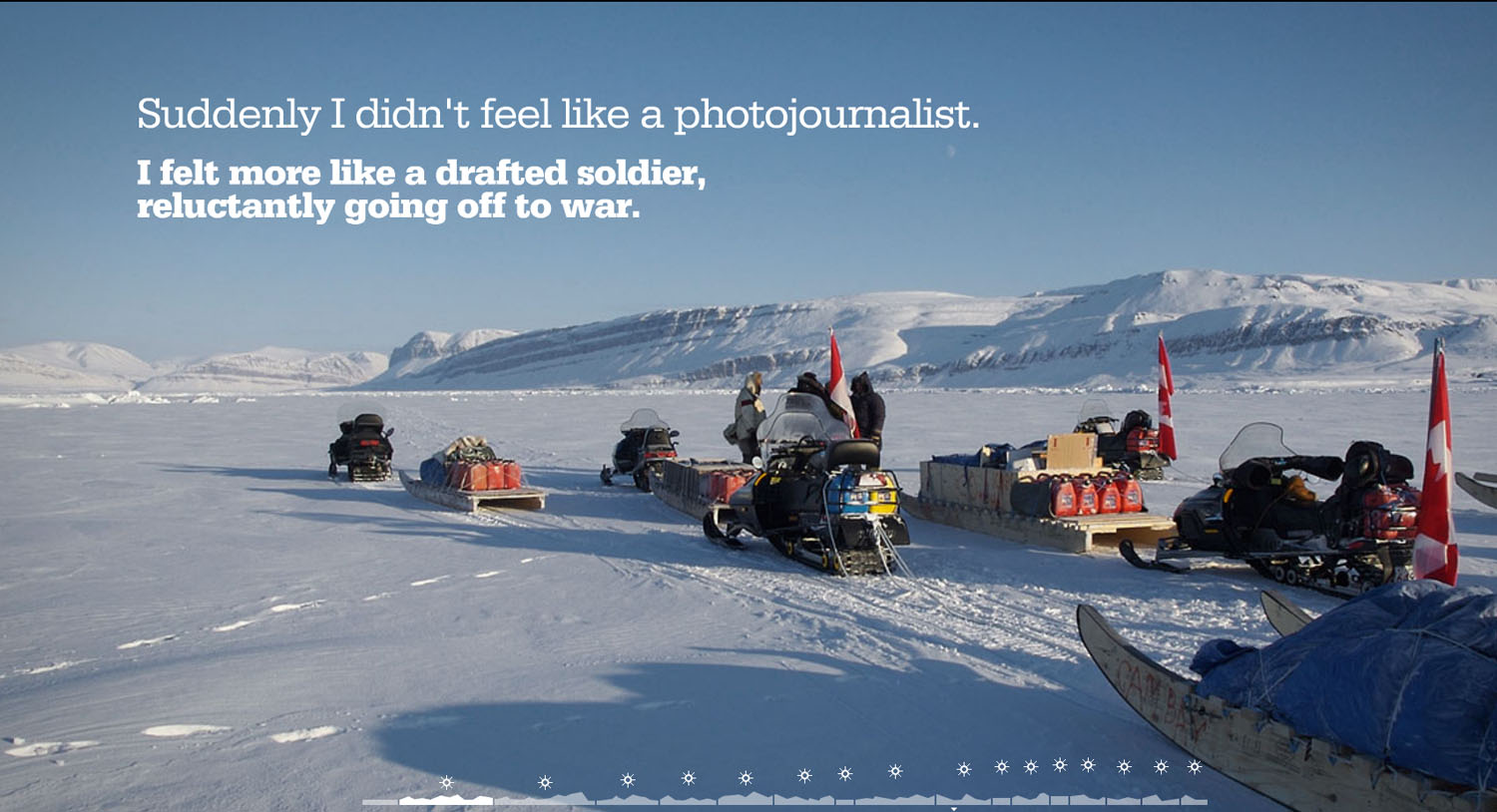
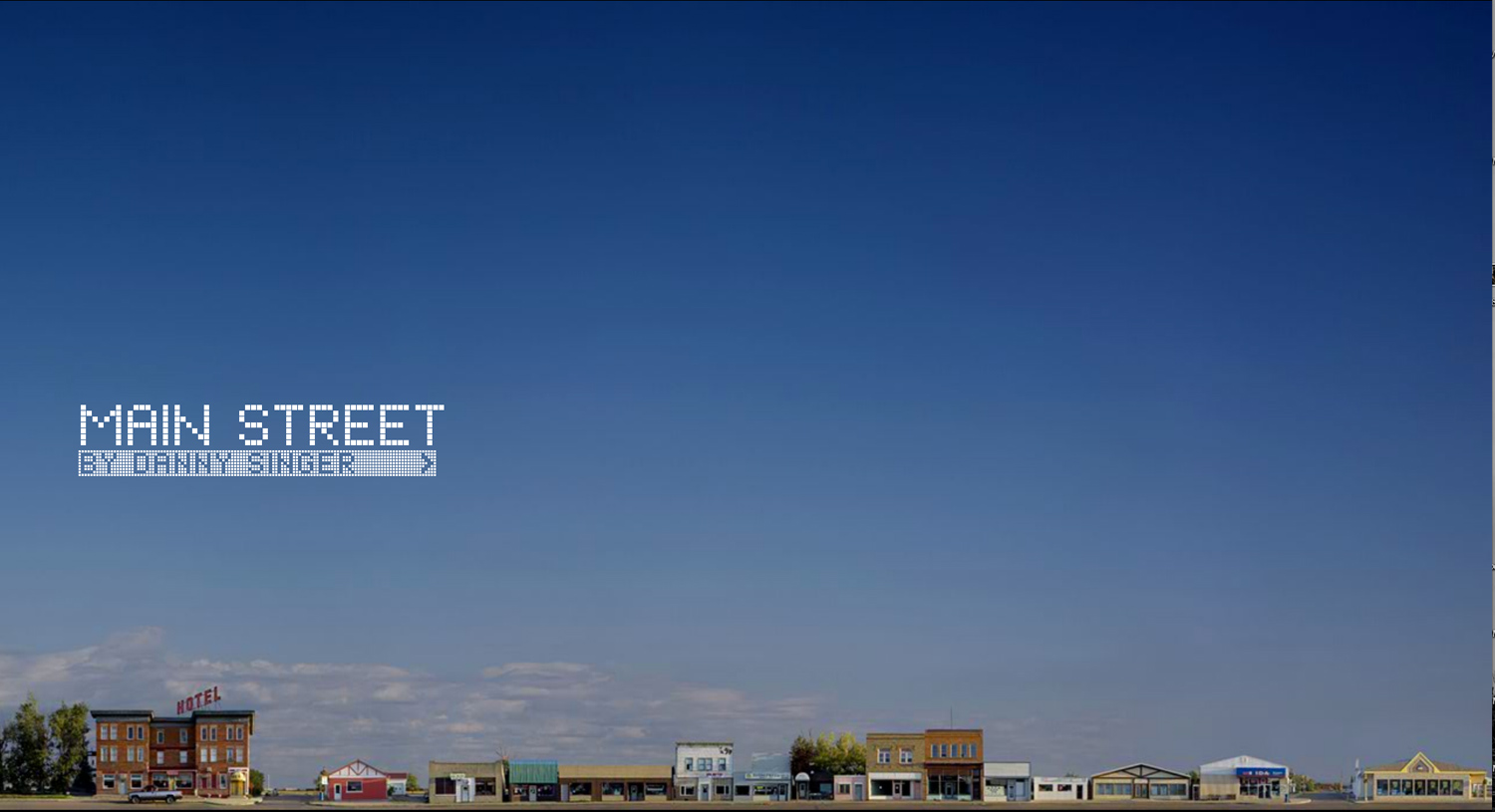

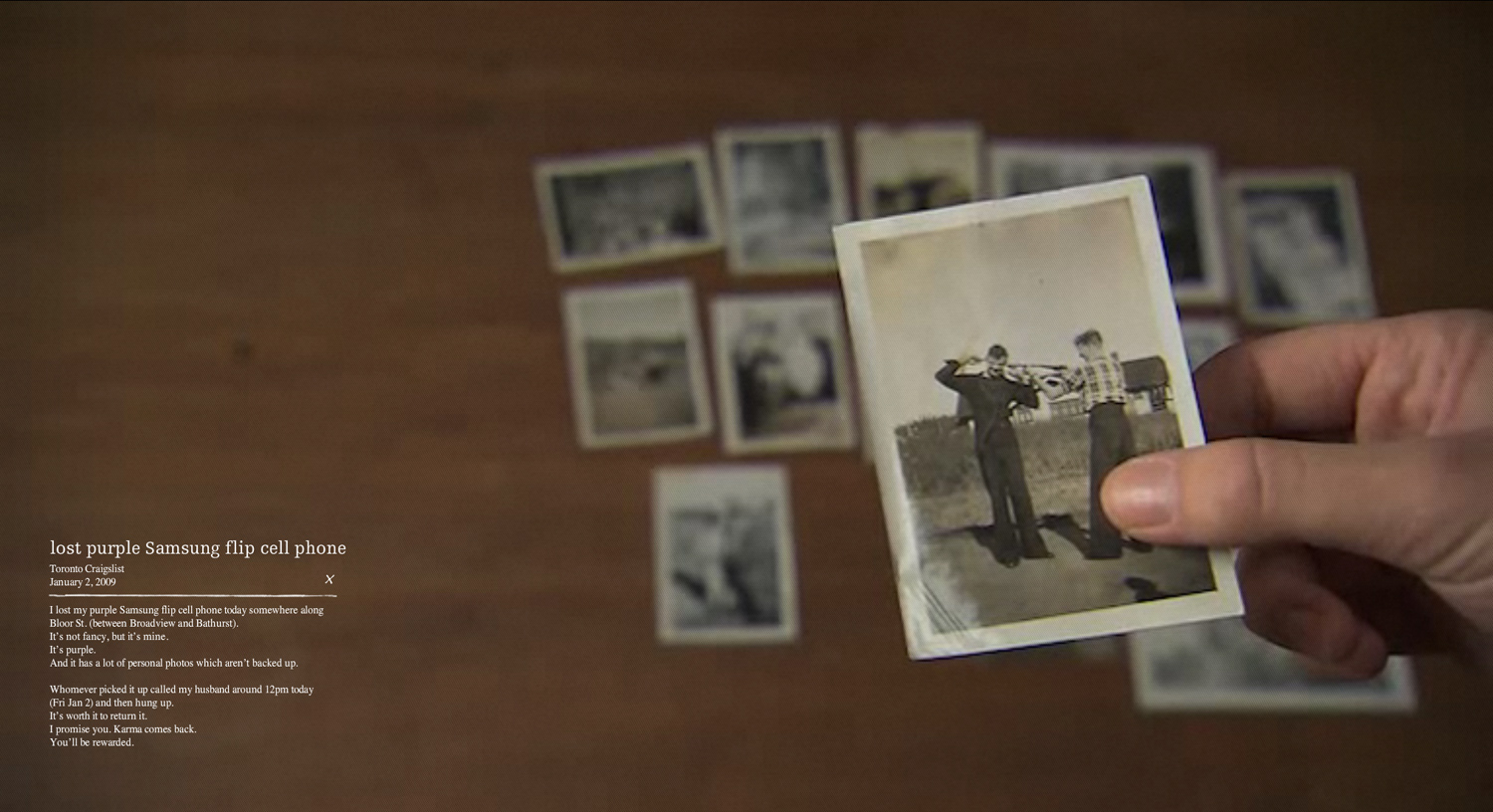
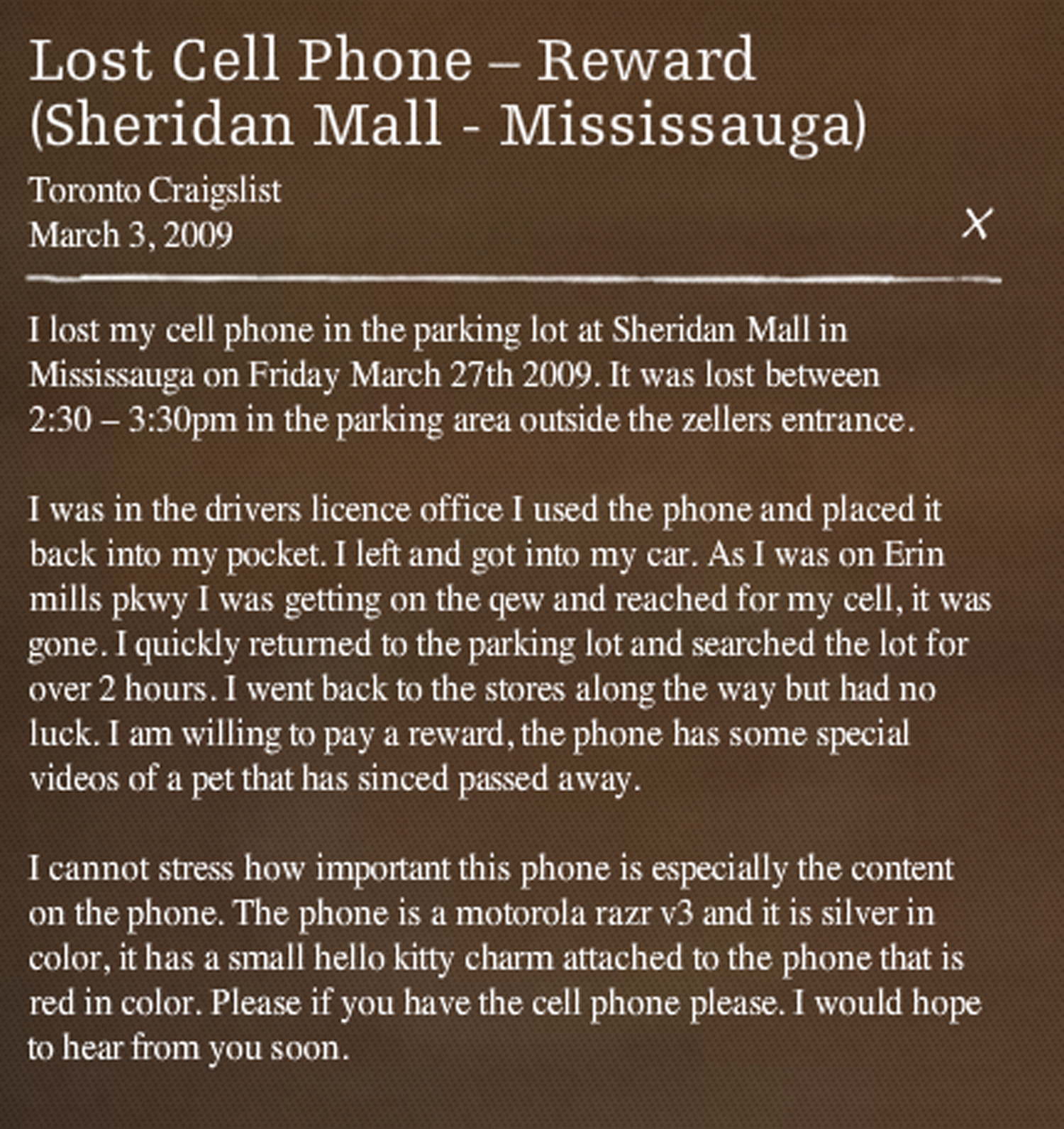
More Must-Reads from TIME
- Donald Trump Is TIME's 2024 Person of the Year
- TIME’s Top 10 Photos of 2024
- Why Gen Z Is Drinking Less
- The Best Movies About Cooking
- Why Is Anxiety Worse at Night?
- A Head-to-Toe Guide to Treating Dry Skin
- Why Street Cats Are Taking Over Urban Neighborhoods
- Column: Jimmy Carter’s Global Legacy Was Moral Clarity
Contact us at letters@time.com